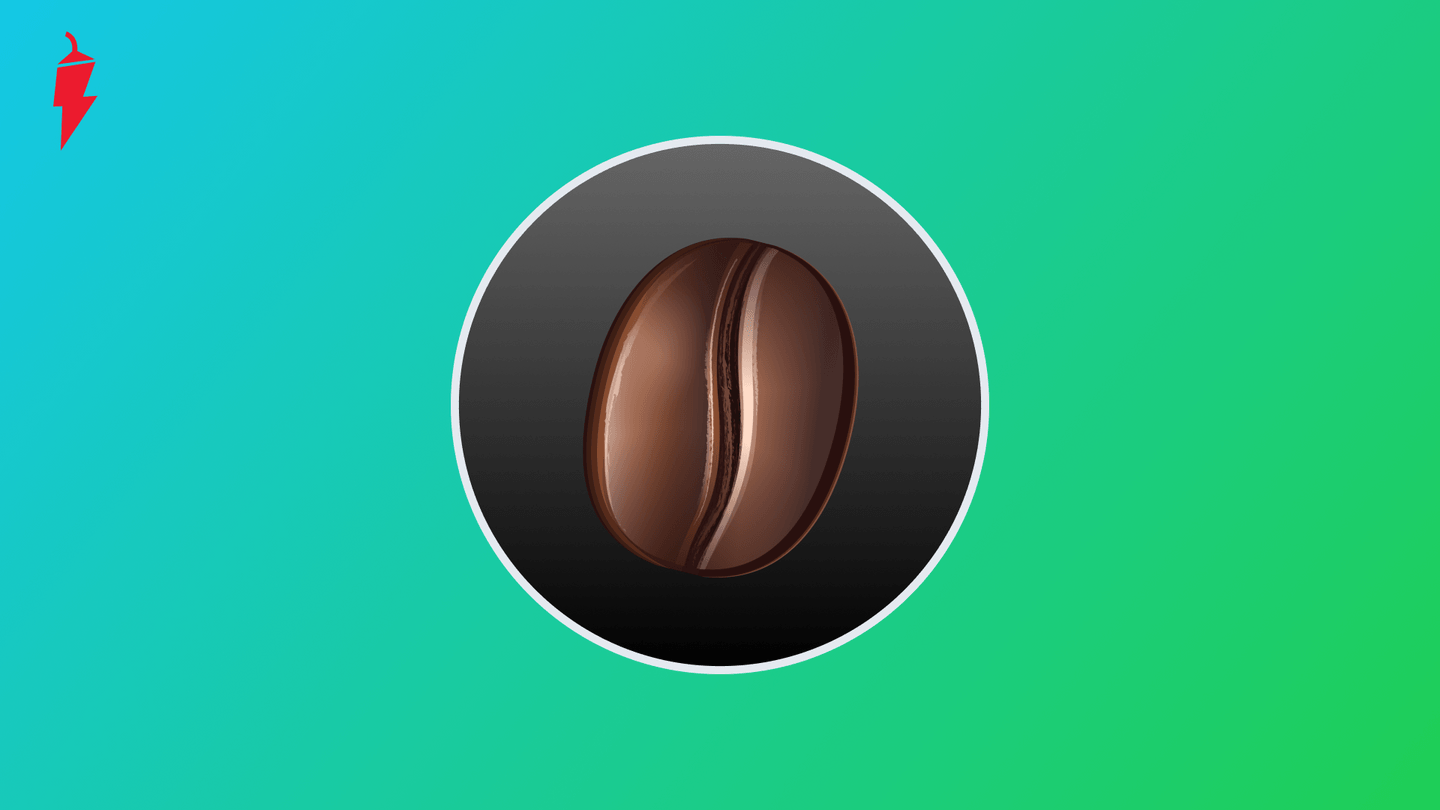If you are making your first steps in trading commodities, you might be interested in operating coffee shares. It’s crucial to understand that this is a huge sector with a multi-billion capitalization that has been evolving over the years. In this guide, we will review the peculiarities of coffee trading for you to get a deeper insight into this field.
Ways to Trade Coffee
Investment method | Trading Complexity | Storage Expenses | Security Expenses | Expiration Dates | Management Costs | Leverage | Regulated Exchange |
| Coffee Futures | Hard | - | - | + | - | + | + |
| Coffee Options | Hard | - | - | + | - | + | + |
| Coffee ETFs | Easy | - | - | - | + | - | - |
| Coffee Shares | Easy | - | - | - | - | + | + |
| Coffee CFDs | Medium | - | - | - | - | + | + |
Coffee Futures
The Coffee C futures contract, which is the global benchmark for Arabica coffee, is presented on three major exchanges:
- NYMEX (The New York Mercantile Exchange)
- CME (Chicago Mercantile Exchange)
- ICE (Intercontinental Exchange)
Each Coffee C contract involves trading of 37,500 pounds of Arabica coffee beans. The CME contract is traded on the CME exchange and has expiration in different months.
This type of trading is used by proprietary traders and hedging experts. Futures are also traded by corporate clients that want to reduce risk on the physical markets. However, this type of trading requires experience because it’s more sophisticated and coffee prices depend on a multitude of factors, including harvest, growing rates, and storage expenses.
Futures are derivatives allowing investors to earn by betting on commodity prices. When the cost reduces, traders need to deposit an extra margin to keep their positions. Upon expiration, contracts are settled on NYMEX (financially) and the ICE (physically).
Coffee Options
The ICO also provides an options contract on the Coffee C futures. Those are derivative instruments, too, but allow for using leverage to trade physical commodities. Like coffee including futures, options also come with an expiration.
What’s the difference then? Options have a strike price (the cost above which the option ends in the money). Thus, coffee traders should predict the right size and timing of the Coffee C futures move to make a profit.
Coffee ETNs
This trading tool is similar to an ETF with one difference: instead of keeping the assets in a fund, an investor gets returns from the portfolio of his assets. It works more like a bond. For trading coffee, there are two widespread ETNs:
- iPath Dow Jones - UBS Coffee ETN
- iPath Pure Beta Coffee ETN
Coffee Shares
There are not so many public companies specializing in the production and sale of coffee - the majority of producers are private and small firms. Some of the most well-known companies of this scale include Tata Coffee LTD (TCO.IN), Starbucks (SBUX), J.M. Smucker (SJM) and others. Retail investors usually buy such shares for the long term.
Coffee CFDs
CFDs (Contracts For Difference) are one of the easiest ways to trade coffee. This is a type of an agreement between a broker and a trader for the latter to earn profit from price difference between opening and closing the trade. The value of a CFD is the difference between the price of the shares at the time of the purchase and the current cost.
By purchasing a CFD, you don’t buy the underlying asset itself - you only purchase the underlying contract. Thus, investing in coffee CFDs saves your time and frees you from physical manipulations with the commodity.
Besides, with CFD trading, you can bet on both price upward and downward movements. All you need is to make the right predictions. You can enter a long position if you are sure that the coffee price will rise, or make a short-term investment.
What Are The Risks Of Coffee Trading?
Trading coffee comes with a few risks:
- Growing US dollar may cause price downturns.
- Excess in production by huge suppliers might trigger price nosedives.
- Global economic problems might affect consumers’ interest in coffee.
- Weather changes may cause problems with harvest and affect coffee prices.
Coffee trading strategies
Your trading style should be based on personal preferences and chosen tools. Here, you have several options: follow trending markets, consolidating markets and price fluctuations.
Trading trending markets
When coffee price keeps closing higher lows, or lower lows, it should be caught in a trend. Traders should figure out this trend and match the approach. To define a trend, they can find such indicators as the MACD and moving averages on a price chart - that allows defining the right entry and exit points.

Trading consolidating markets
Consolidating market is a period when support and resistance levels stay pretty much the same, i.e. there’s no clear upward or downward trend. In this case, traders use historical levels of support and resistance to define entry and exit points in a certain price range.
This strategy involves buying coffee at predictable support levels and selling it at the point of resistance making profit from short-term market movements.

Trading volatility
Since the coffee market is extremely volatile because it is a commodity, there is a myriad of factors impacting the price of this product, including weather changes. To trace these fluctuations correctly, traders use different patterns and technical indicators.
For example, when coffee price becomes less volatile, the Bollinger Band indicator would form a tighter passage. At the same time, it might be a pending sign of the upcoming rise in volatility. Some traders wait for the sudden breakout of the Bollinger Band.

What are coffee’s trading hours?
Although there are a bunch of trading strategies and instruments, you should mind that coffee cannot be traded 24/7. The ICE offers several trading sessions for coffee futures and options:
Coffee Type | Location | Trading schedule |
| Arabica | New York | 4.15 AM - 1.30 PM (New York time) |
| Robusta | New York | 4.00 AM - 0.30 PM (New York time) |
| Arabica | London | 9.15 AM - 6.30 PM (UK time) |
| Robusta | London | 9.00 AM - 5.30 PM (UK time) |
| Arabica | Singapore | 5.15 PM - 2.30 AM (Singapore time) |
| Robusta | Singapore | 5.00 PM - 1.30 AM (Singapore time) |
Coffee Trading Tips
Seasoned traders provide the following recommendations for those who want to make profit on coffee shares and futures contracts:
- If you want to trade on coffee, choose its sort - Arabica or Robusta. Both kinds have drawbacks and benefits, so perform your investment research.
- Track global news and economic events. They may have an impact on countries and the commodity market, as well.
- Consider tools and strategies for risk management. Each coffee type has a different price, grows in various locations and can be affected by a multitude of aspects and factors, each carrying some risks. For example, you can set up stop-loss for all your deals - it will protect you from capital loss.
- Be aware of adverse weather conditions, for example, winter freezes, droughts and floods. In Brazil, those can be severe enough to do harm to coffee trees and affect production. Meanwhile, this country has a dominant impact on the global coffee market.
Please, note that many traders sell coffee after May before the winter season in the Southern Hemisphere. The seasonal impact is hard to overestimate.
Coffee trading basics
Coffee is a very popular commodity around the world - its market is worth over $100 billion. Here are a few characteristics of the coffee industry in general and this soft commodity in particular.
What are the different types of coffee?
There are two major sorts of coffee traded globally: Robusta and Arabica. They differ by various factors - each can impact the price. Let’s review their differences.
- Arabica is regarded as a more quality and flavorful option, so it is more expensive and costs around $2.60 - $3 per kilo. Arabica accounts for about 60-70% of all the coffee production and usually comes from Brazil and Colombia.
- Robusta. As the name of this sort suggests, it grows in hotter climates and more extreme weather conditions. It is richer in caffeine and has a bitter taste than Arabica. This kind takes about 30% of the market, and is traded at the price about $1.50 - $2 per kilogram.
Where is coffee grown?
Coffee grows in over 50 countries - this plant is met in tropical and sub-tropical climates (this is called the ‘coffee belt’). The largest producers are Brazil, Vietnam and Colombia.
| Country | Production in 2020 (Million 60-kg Bags) | Total Market Share |
| Brazil | 63.4 | 37.4% |
| Vietnam | 29.0 | 17.1% |
| Colombia | 14.3 | 8.4% |
| Indonesia | 12.0 | 7.1% |
| Ethiopia | 7.3 | 4.3% |
Depending on the sort of coffee, they can grow in different altitudes: higher - in Ethiopia and Colombia, lower - in Mexico and Brazil.
Which countries are the biggest importers of coffee?
Curiously, countries that import and consume much coffee are far from the ‘coffee belt’. The total import is higher in countries with the most prosperous economies:
- United States - $5,677 million
- Germany - $3,537 million
- France - $2,882 million
- Italy - $1,501 million
- Canada - $1,206 million
- Netherlands - $1,191 million
- Japan - $1,179 million
- Spain - $1,014 million
- United Kingdom - $1,001 million
- Switzerland - $855 million
What factors affect the price of coffee?
Since coffee is a commodity, there’s a multitude of factors affecting its cost and demand. It applies to both Arabica and Robusta.
Here’s how prices can be impacted:
- Climate changes. Coffee trees are vulnerable to severe weather conditions, such as frost and drought. When the coffee supply chain is disturbed, crops are affected, and the price of coffee grows.
- Oil prices. When oil gets more expensive, transportation costs from Brazil and Vietnam increase, which can also trigger coffee price rise.
- Geopolitics. Since coffee is cultivated in countries with developing economies, any serious events and instability can impact its value.
- Seasonality. Coffee consumption increases during winter and reduces during summer. Hence, this peak aligns with the northern hemisphere where the highest demand is observed from September to May.
- Population’s income. Since coffee is not a basic component of a person’s diet, reduction of salary and unemployment in Europe and the USA can cause a decline in consumption. This is why it’s important to analyze such factors as income and payrolls for predicting the demand.
Sometimes, coffee prices are affected even by unobvious factors, for example, the population’s focus on healthy living. Scientific studies show the benefits of coffee consumption, which stimulates the demand and makes prices grow.
Conclusion
Commodity exchange is still a popular and efficient method of making passive income. Coffee is one of the best options because it can be traded in different ways - stocks, CFDs, futures, ETNs - each with a certain difficulty level and entry threshold. All you need is to choose suitable trading instruments and mind all the factors impacting the price of coffee.


